INDUSTRY SPOTLIGHT: Prime Secure – The UK’s leading eco CCTV tower
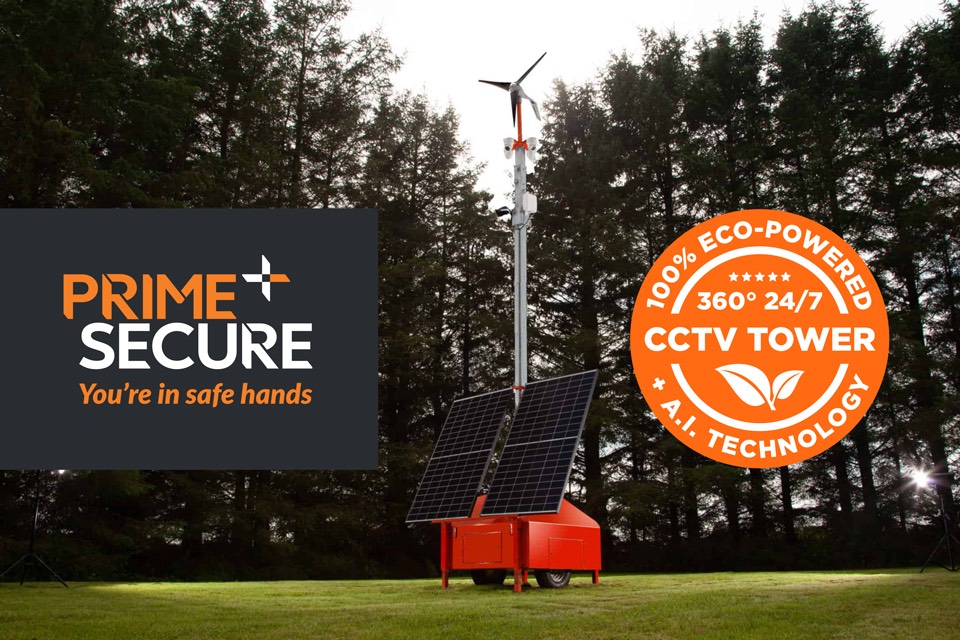
Prime Secure has launched the UK’s only 100% Eco-powered CCTV Tower featuring A.I. technology with 360°, 24/7 coverage. Market-leading solar panels and wind turbine deliver true eco power. No battery swaps, top-ups, generators, methanol… just 24/7 operation with no hidden costs. A 7m telescopic mast featuring four turret cameras and powerful A.I. features like virtual […]
INDUSTRY SPOTLIGHT: Secur-It is a leading provider of life safety, security services and risk management
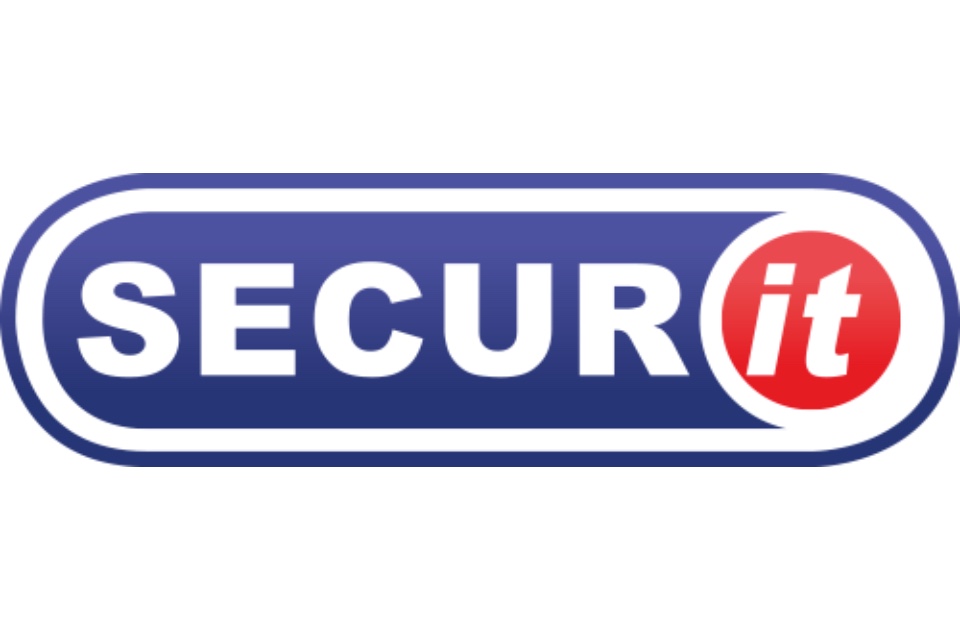
By Secur-It Founded over 25 years ago and backed by a host of professional accreditations, Secur-It applies considerable experience to giving you best-in-class security solutions, due diligence and risk consulting. Combining expertise in security, fire safety, CCTV, access control and other key disciplines, we simplify the due diligence process by providing a single source for […]
INDUSTRY SPOTLIGHT: Todd Research safety & security
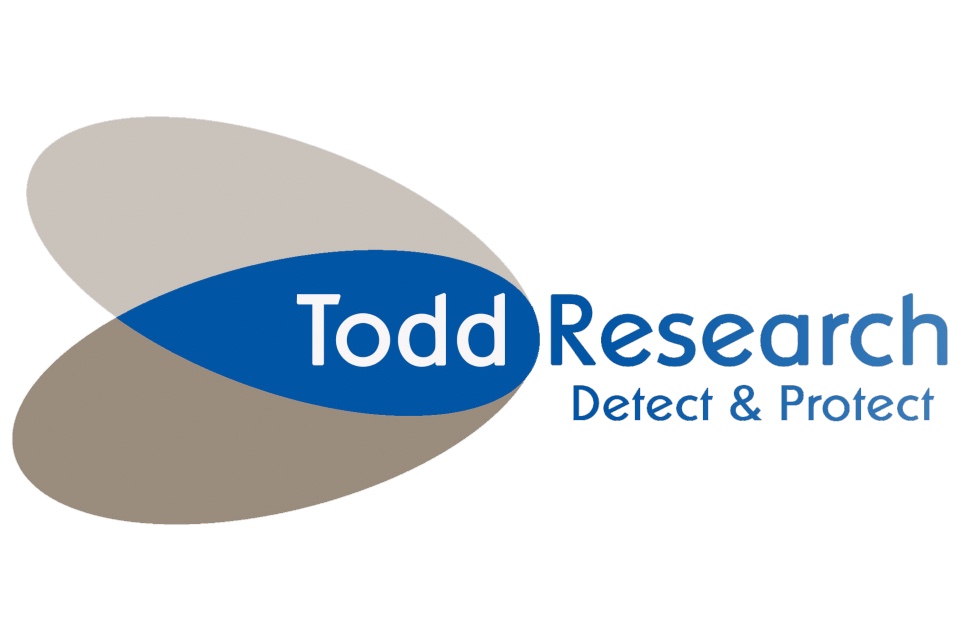
One of the oldest and most established organisations in safety and security, Todd Research has a proud history of designing, manufacturing and supplying X-ray scanners, metal detectors and blast suppression equipment across a diverse range of public and private market channels. Todd Research was formed in January 1950 and began by designing and manufacturing equipment […]
INDUSTRY SPOTLIGHT: Centralized, multi-site door access control made simple
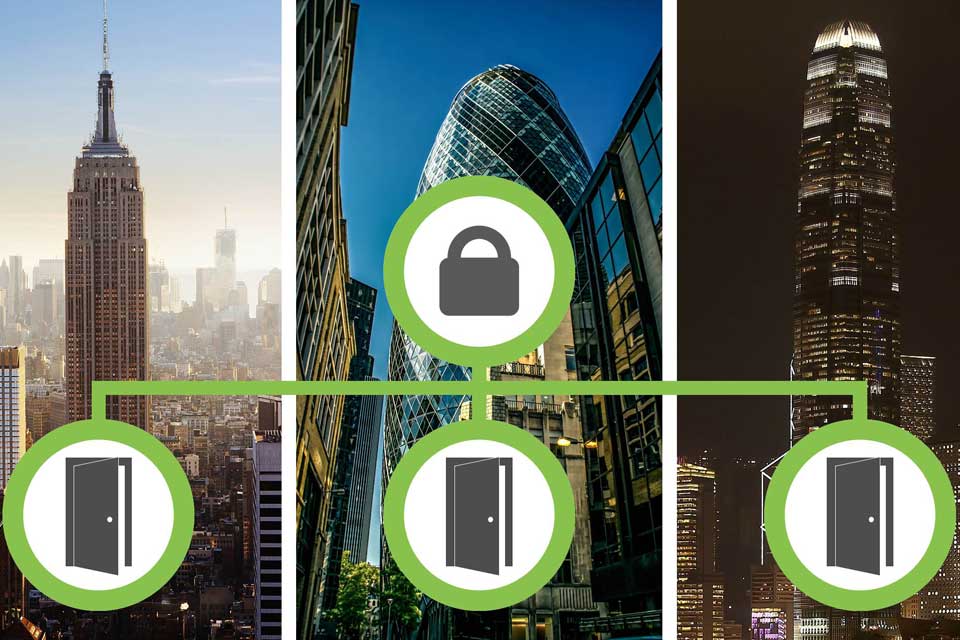
Problem: Most access control systems are site-centric, driven by local databases of staff permissions, so when it comes to trying to oversee or manage building access for sites in different locations, sharing and synchronising access information requires additional appliances and significantly increases system complexity. Enterprise-class solutions for physical access management require substantial up-front investment and […]
INDUSTRY SPOTLIGHT: Simpler, stronger access control through identity driven security
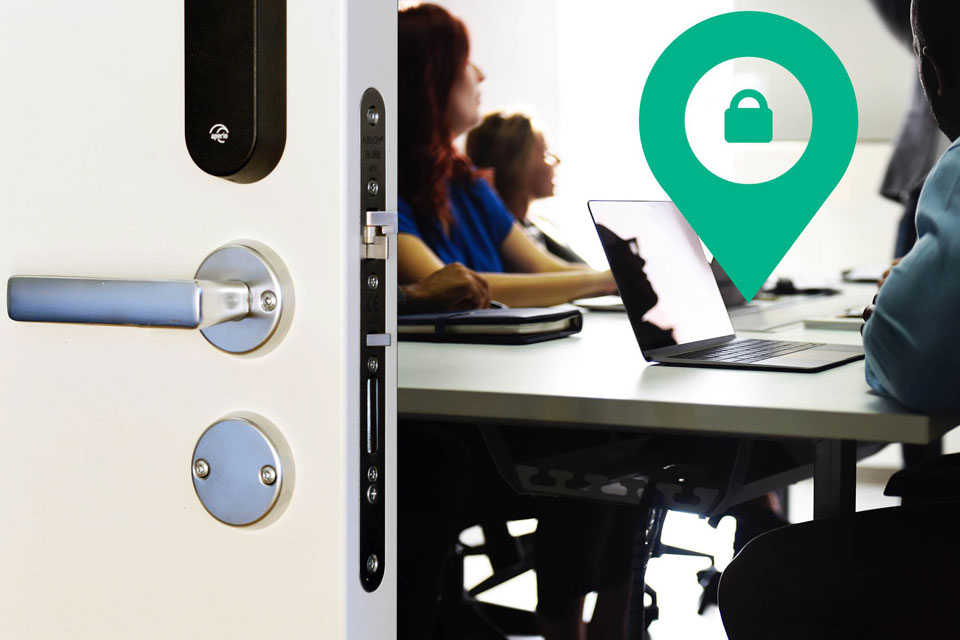
Physical and IT security work seamlessly together with EdgeConnector door access control software; delivering streamlined permissions administration, a simplified infrastructure that gives central oversight across all sites as standard, as well as cyber-physical protection capabilities that support information security and compliance. Security professionals can now leverage the power and flexibility of an IT network’s existing […]
INDUSTRY SPOTLIGHT: One ID for all access – Secure, convenient & manageable
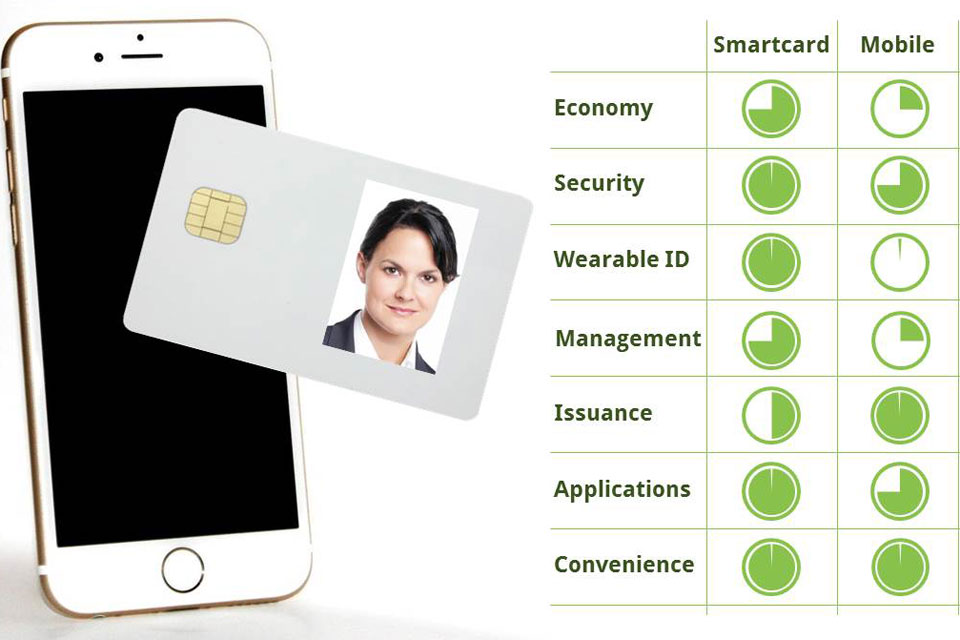
Hybrid smartcards are the most secure and cost-effective solution for providing staff with just one credential for all identity and access applications – making life easier for employees and strengthening security by enforcing desired behaviours. Organisations typically have many different systems that require user identity verification in addition to building access control, such as secure […]
INDUSTRY SPOTLIGHT: Secure your RFID access controls against card cloning
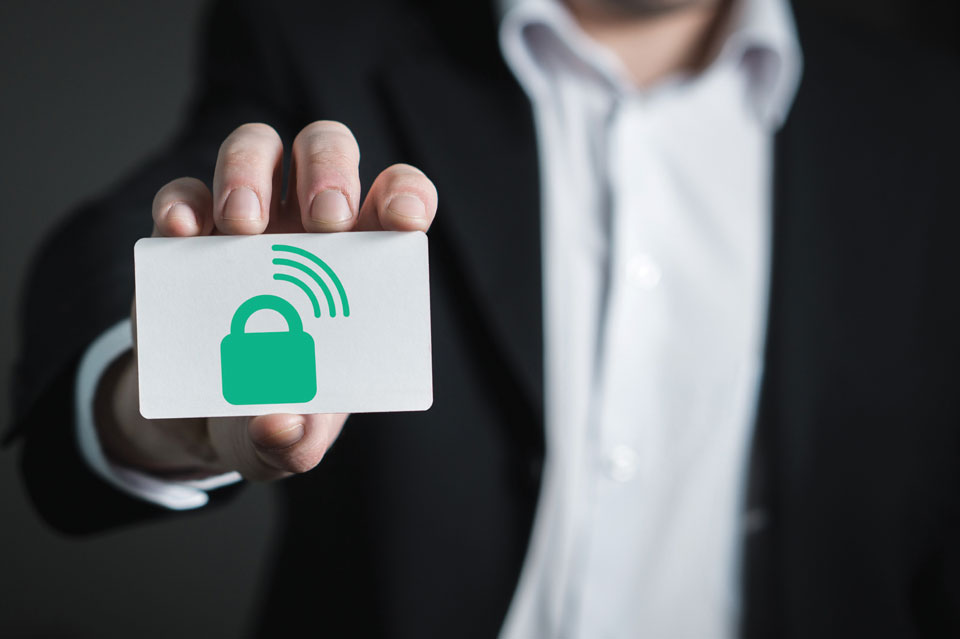
All security professionals need to be aware of RFID cloning vulnerabilities present in common door access control systems, and how to protect against them. Some of the most widely used RFID access cards simply do not include any capability to prevent them from being read (and hence copied) inappropriately, and other common card-types have flawed […]
INDUSTRY SPOTLIGHT: Simpler, stronger access control through identity driven security

Physical and IT security work seamlessly together with EdgeConnector door access control software; delivering streamlined permissions administration, a simplified infrastructure that gives central oversight across all sites as standard, as well as cyber-physical protection capabilities that support information security and compliance. Security professionals can now leverage the power and flexibility of an IT network’s existing […]
INDUSTRY SPOTLIGHT: Wannacry – A wake up call to review your information security

The Wannacry ransomware virus that hit the world last month demonstrated just how vulnerable our systems and information is to hostile attacks. Estimated to have hit in 99 countries across the globe, the attack on the NHS alone was deemed to have been the largest cyber-attack in its history and the impact was severe. Appointments […]
INDUSTRY SPOTLIGHT: Reduce risk of insider threat with counter-eavesdropping solutions
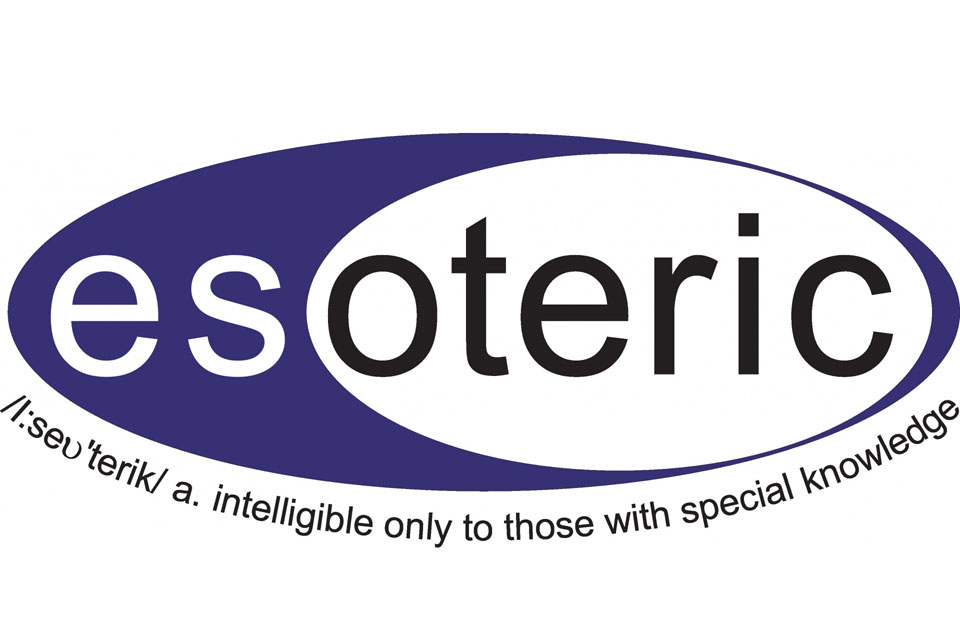
In a recent survey by Vormetric a whopping 89% of respondents said they felt their company was at risk from insider attack, with 34% saying they felt very or extremely vulnerable. Senior management are most concerned by the potential for damage, caused either maliciously or through neglect, by trusted employees. This anxiety is supported by […]

